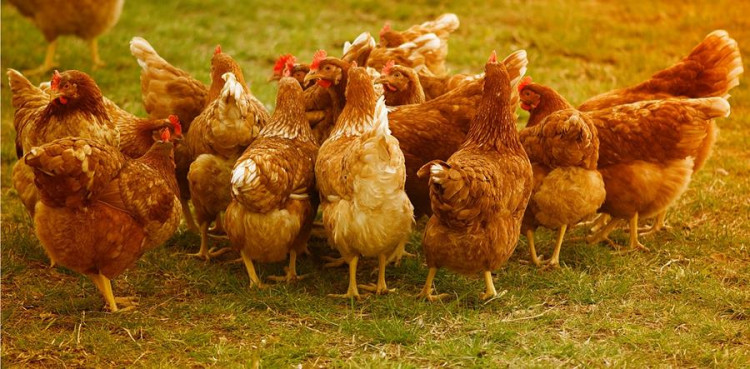A severe outbreak of highly pathogenic avian influenza (H5N1) has struck a large commercial flock of egg-laying chickens in Sioux County, Iowa, prompting state officials to undertake a massive culling operation. The Iowa Department of Agriculture and Land Stewardship and the USDA confirmed on Tuesday that the virus was detected among 4.2 million chickens, marking the first case of bird flu in the state this year.
The outbreak has triggered a disaster proclamation from Iowa Governor Kim Reynolds, which will remain in effect through June 27. This proclamation enables the allocation of state resources for tracking, detecting, containing, disposing, and disinfecting the virus. "Depopulation is ongoing," an official from the state's agriculture department told CBS News, emphasizing the urgency of the situation.
The affected flock is the largest to be impacted by the virus in the U.S. this year, according to USDA data. Iowa, the nation's leading egg producer, last faced a similar crisis in November 2022, when another large commercial flock in Sioux County was hit by bird flu. The current outbreak follows a recent case in Minnesota, where an egg farm and several turkey flocks were also affected.
The H5N1 virus poses a significant threat to poultry, causing severe respiratory issues and often leading to sudden death in infected birds. The Iowa Department of Agriculture and Land Stewardship has warned that chickens and turkeys infected with highly pathogenic strains "may have difficulty breathing or die suddenly." The rapid spread and high mortality rate of the virus necessitate swift and comprehensive measures to prevent further transmission.
The ongoing bird flu outbreak, which began in 2022, has had devastating effects on the poultry industry. According to the Centers for Disease Control and Prevention (CDC), more than 92 million birds have been culled in the U.S. since the outbreak began. The virus has not only impacted poultry but has also been detected in dairy cattle, with cases of avian flu confirmed in cattle in March. The virus was circulating in cattle for at least four months prior to detection, contributing to a decline in milk production.
The outbreak has also reached human populations, with three confirmed cases of bird flu in individuals exposed to infected birds or dairy cattle. The first human case was detected in Colorado in 2022, followed by cases in Texas and Michigan in recent months. The most recent case in Michigan involved a farmworker who exhibited mild symptoms and has since recovered.
The detection of bird flu in such a large flock in Iowa underscores the ongoing challenges faced by the agricultural sector in containing the virus. The USDA and state officials are working diligently to manage the outbreak and minimize its impact. However, the scale of the current culling operation highlights the severity of the situation.
The culling process involves the humane euthanasia of infected birds, followed by the disposal and disinfection of the premises to prevent the spread of the virus. These measures, while necessary, have significant economic implications for the poultry industry, particularly in states like Iowa where egg production is a major economic driver.
The CDC continues to monitor the situation closely, emphasizing the importance of biosecurity measures to prevent further outbreaks. The agency advises poultry farmers to remain vigilant and implement stringent biosecurity protocols to protect their flocks.
As the culling operation progresses, the focus will remain on preventing further spread of the virus and safeguarding both animal and human health. The Iowa Department of Agriculture and Land Stewardship, along with federal agencies, will continue to provide updates and support to affected farmers as they navigate this challenging period.






